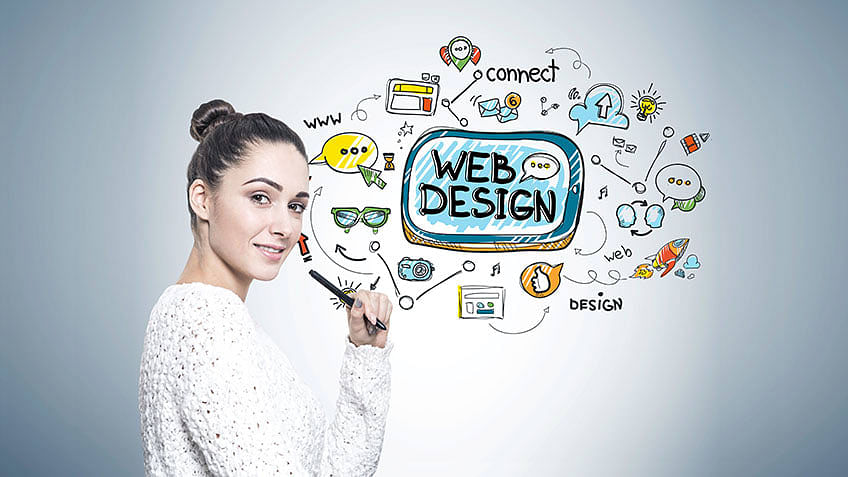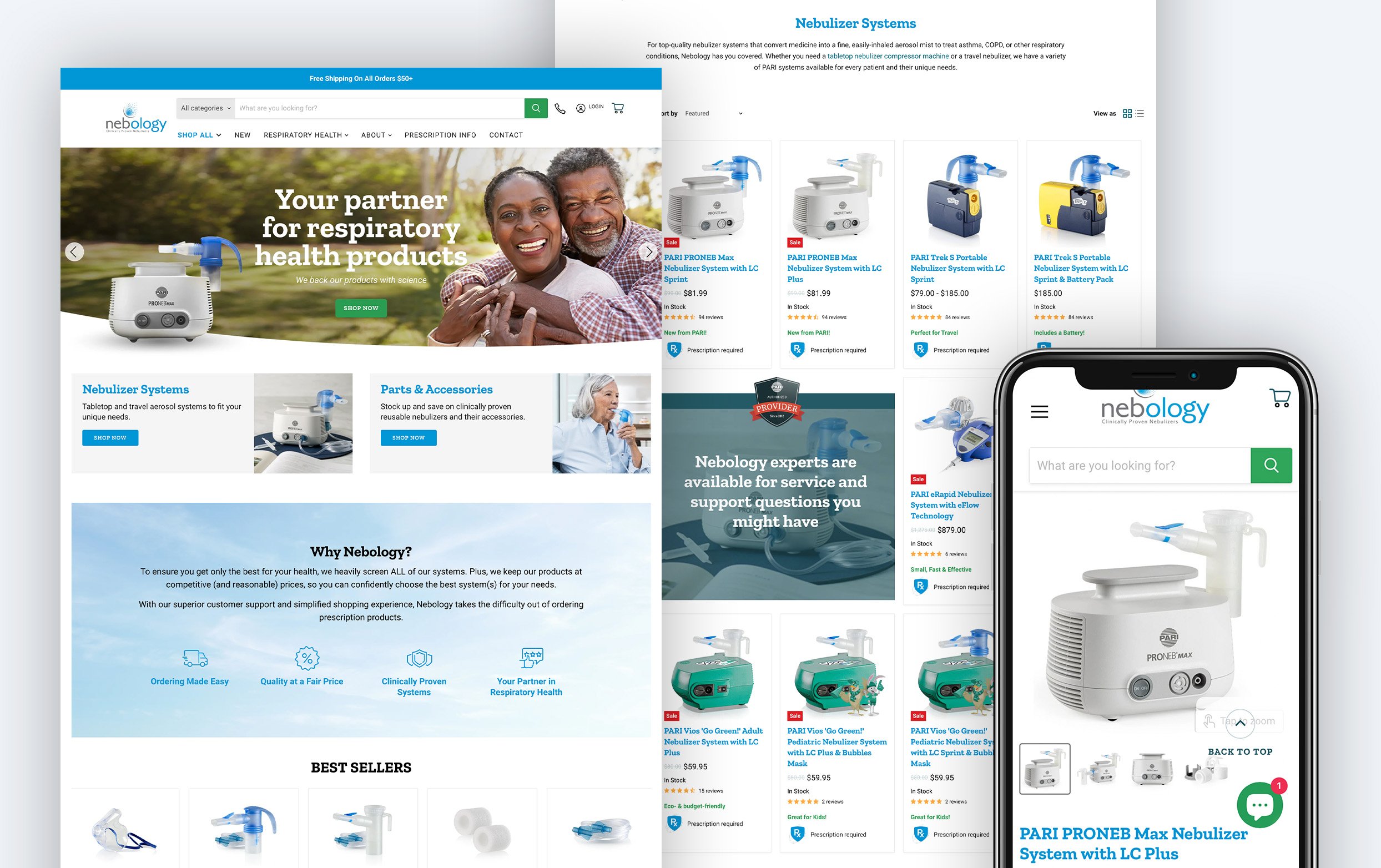The Complete Manual to Building a Powerful Online Presence with Web Design In Guildford
Just How to Improve User Experience With Strategic Website Design
In the world of digital development, individual experience (UX) has become the cornerstone of effective internet layout. A tactical, user-centered approach, stressing aesthetic consistency, instinctive designs, and responsive layout, can considerably boost an internet site's functionality and appeal. As we check out these principles carefully, the importance of incorporating individual responses and the function of UX in individual retention will additionally be analyzed, welcoming a deeper understanding of this essential aspect of internet layout.
Understanding the Value of Individual Experience in Website Design
The significance of web style exists not simply in looks, however fundamentally in the individual experience it offers. Individual experience, or UX, describes the overall experience a person has while interacting with a web site or internet application, particularly in regards to how comfy and pleasing it is to use (Web Design In Guildford). It is a crucial element of internet design, as it straight influences the users' impressions, actions, and general communication with the website
A well-designed web site with an inadequate user experience belongs to a gorgeous structure with an inadequately planned interior; it may look appealing externally, but it fails to serve its designated objective properly. It might discourage individuals from remaining on the website, causing high bounce prices, reduced individual interaction, and inevitably, failing to achieve the site's goals. This highlights the value of incorporating customer experience right into the website design procedure right from the start.
Using User-Centered Layout Concepts
The application of user-centered layout principles starts with recognizing user habits. This knowledge forms the basis for producing a reliable interface layout. These two crucial elements, when skillfully combined, bring about a boosted customer experience on any type of website.

Understanding User Behavior
Why do customers act the way they do on internet sites? Individual actions is determined by a multitude of variables, chief amongst them being their certain requirements and preferences, prior on-line experiences, and general internet savviness. The style of the internet site also plays a significant function. A clean, user-friendly layout can assist individuals to behave in a specific way, such as leading them towards specific activities or info. Alternatively, a cluttered or complex design can prevent interaction and result in high bounce prices. Understanding individual behavior entails studying and examining these patterns and trends. Utilizing this expertise, web designers can develop more efficient, straightforward websites that fulfill the needs of their audience, therefore enhancing user experience.
Reliable Interface Style

Leveraging Receptive Design for Optimum Viewing
Moving on in the discourse, the focus now changes to the relevance of leveraging responsive style for optimal watching. This involves discovering the process of implementing receptive internet style and recognizing its effect on user experience. The taking place discussion aims to clarify the benefits of optimum viewing and just how responsive style promotes it.
Applying Receptive Website Design
Utilizing the power of responsive web design is an essential action in the direction of boosting user experience. To implement this successfully, web developers should consider a range of aspects. The design ought to adjust seamlessly to various screen sizes, from desktop computer monitors to smaller smart phones. This calls for an adaptable grid-based system, making sure content resizes efficiently. Pictures should likewise be flexible, adapting to fit the offered display screen location without distortion. In addition, developers have to incorporate media queries, allowing the web site to recognize the customer's gadget kind and display dimension. These aspects incorporated develop a receptive website design that gets used to the user's needs. While the process may seem complex, the result is a more easily accessible and instinctive site, dramatically boosting the customer experience.
Benefits of Optimal Watching

Moreover, responsive style can bring about boosted SEO rankings, as online search engine prefer websites that deal with numerous devices. It can reduce bounce rates and improve conversion rates as users are less likely to abandon websites that are very easy to browse. Hence, optimum viewing can significantly enhance user experience, making it a key aspect of tactical website design.
Incorporating Easy Navigation and Intuitive Layouts
Ease and instinct in internet site navigating develop the bedrock of individual contentment. They are likely to abandon the website and look for options if users struggle to find what they are looking for. A tactical internet style should integrate clear, easy-to-follow navigating and an instinctive format. This can be achieved by organizing details in a hierarchical structure, with the most crucial sections plainly featured.
Easy navigating menus, breadcrumb routes, and clickable buttons lead individuals via the web site effortlessly. Uniformity in design aspects throughout pages additionally adds to user-friendly navigating. For example, positioning the search bar or the shopping cart symbol in the same area on every page permits individuals to situate these functions quickly.
Moreover, an instinctive layout is one that expects customer demands. It places aspects and details where users expect them to be. This minimizes the cognitive lots on users, enhancing their general experience on the internet site.
The Role of Visual Style in Individual Experience
While the framework and format of a website are significant for customer experience, the visual design plays a similarly crucial duty. It is the aesthetic layout that initially draws the individual's focus, making it a vital part in developing a engaging and immersive experience. Visual design elements such as shade, typography, pictures, and symbols interact the brand's message, visit their website produce a mood, and guide individuals' interactions on the page. A well-executed visual design can not only attract users but also help them understand the material far better and browse the website extra conveniently. Nonetheless, a chaotic or irregular aesthetic design can confuse customers and lead to an adverse user experience. Web developers need to tactically use aesthetic design components to produce a unified and intuitive user interface that boosts the overall individual experience. This process requires a deep understanding of the target customers, their requirements, and choices, in addition to the brand name's identity and goals.
Case Researches: Successful Individual Experience Style in Activity
Despite the academic expertise on user experience design, it acquires genuine value when used in useful situations. link 2 noteworthy study illustrate this. Airbnb, a global on the internet industry, successfully improved their customer experience by upgrading their website. By concentrating on user comments, they created a more intuitive, easy to use interface that dramatically boosted scheduling experiences. This led to enhanced individual satisfaction and conversion rates.
In one more instance, the New York Times upgraded their website to prioritize customer experience. They maximized their site for mobile usage, understanding that an expanding variety of their viewers gain access to news through smartphones - Web Design In Guildford. They additionally structured their content presentation, making it easier for site visitors to browse and find relevant write-ups. The outcomes were a significant rise in mobile website traffic and user involvement, demonstrating the efficacy of critical website design in boosting individual experience. These case researches show that practical application of individual experience design can yield significant benefits.
Verdict
In conclusion, tactical website design is a vital tool in enhancing customer experience. By using user-centric style concepts, leveraging receptive design, integrating instinctive navigating and formats, and taking advantage of the power of aesthetic layout, organizations can develop sites that are involving and satisfying for individuals. Effective internet style, showcased via numerous effective study, considerably boosts customer involvement and retention rates, showing its critical role in digital success.
As we check out these concepts in information, the importance of incorporating customer responses and the duty of UX in user retention will also be analyzed, welcoming a much deeper understanding of this critical aspect of web design.
It may discourage individuals from remaining on the internet site, leading to high bounce prices, reduced customer involvement, and inevitably, failing to attain the website's goals. A messy or inconsistent aesthetic style can lead and perplex customers to an adverse customer experience. Internet designers should tactically utilize aesthetic style aspects to develop a harmonious and instinctive individual interface that enhances the general user experience. The results were a significant rise in mobile traffic and user engagement, showing the efficacy of critical internet layout in improving individual experience.